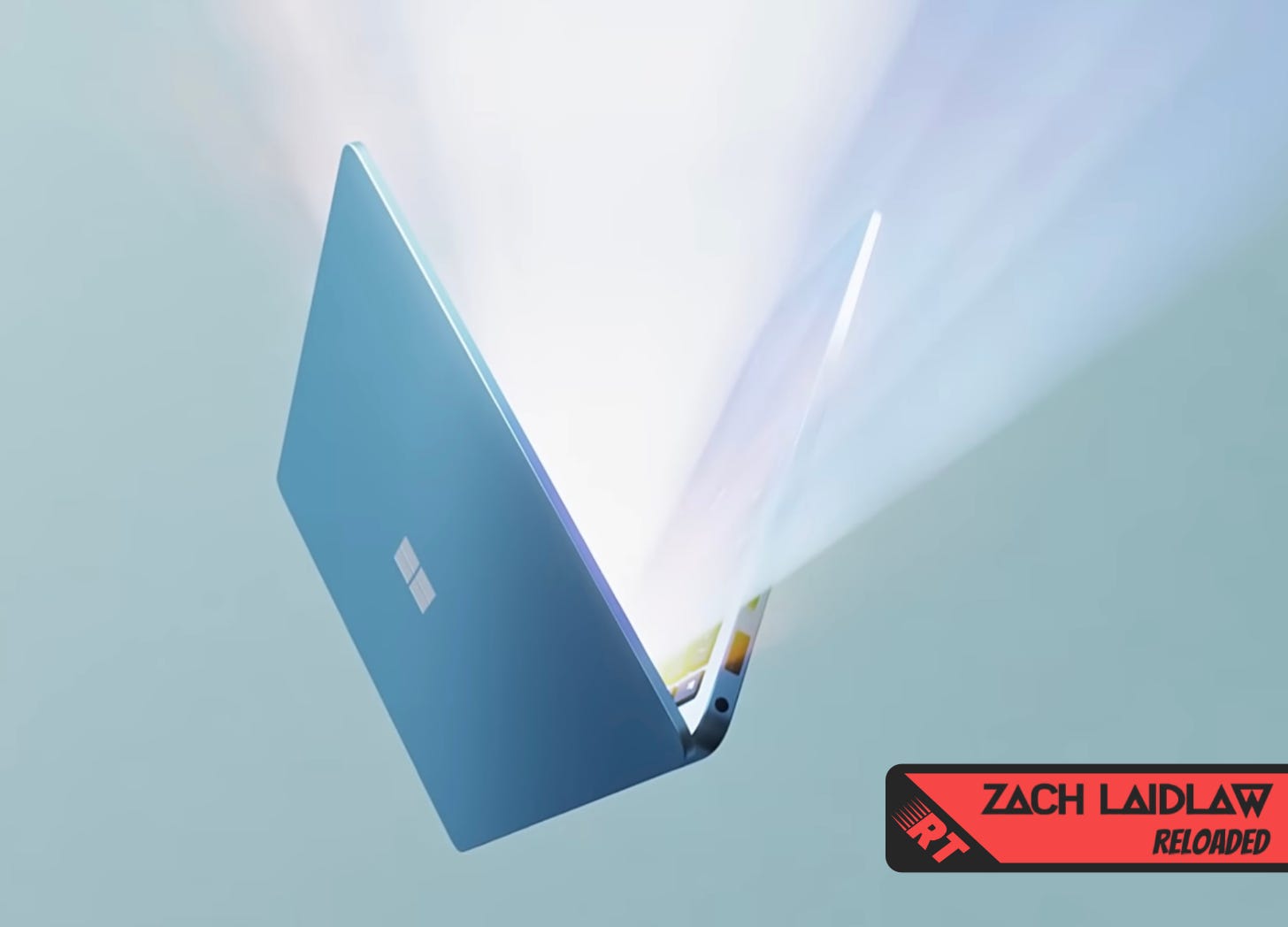Opinion: No one needs an x86 laptop when ARM chips are this darn good
Most of us probably don’t think too often about the chips that power our smartphones, tablets, and computers. But even as discreet as these tiny hunks of silicon may be, a silent war has waged to replace the architecture of yesteryear with a powerful alternative that offers extreme performance, wildly better battery life, and less heat output. Here’s a quick Look at how ARM chips are ripe to overtake the tech world.
What (or who) is ARM?
ARM – or Advanced RISC Machines Ltd – was a company founded in 1990 as a joint venture between Acorn Computers, Apple, and a group that now goes by the name NXP Semiconductors N.V. Led by 12 designers, the ARM computer chip architecture was created and launched in the first consumer product just three years later — the Apple Newton.
Although Apple’s first PDA was ultimately a critical failure, it proved that ARM’s blend of power efficiency and performance was a perfect fit for mobile devices in lieu of much more demanding chips built on Intel’s x86 architecture. Fast forward to the launch of iPhone in 2007 (and Android, thereafter), and ARM would go on to play a crucial role in the evolution of mobile tech as we know it today.
ARMing today’s tech
Whether you’re a long-time smartphone user, a tech enthusiast, or you barely know how to flip on a TV, ARM chipsets are already found in most of the devices you love. They power modern smartphones, whether you choose iPhone or Android. They’re in all of Apple’s modern Macs and iPads. They even run on wearables and some mobile game consoles, like the Nintendo Switch.
In fact, ARM can be found in just about every major consumer gadget, except for most Windows laptops and larger game consoles, like the Xbox Series and PlayStation 5. All of these still use Intel’s x86 chip architecture, which was launched all the way back in 1978. However, given the rate ARM has evolved (particularly within the last five years), the time of x86 in nigh, and last week’s Microsoft Surface event just brought it one step closer to annihilation. More on that in a bit.
ARMed for the future
Although ARM got its start with mobile devices, the chip technology has recently evolved to the point where it puts x86 chips in laptops and desktops to shame.
This discovery occurred when Apple started building the first MacBook Pro with a desktop-grade ARM chipset simply referred to as M1. Apple found that their ARM chips weren’t just much faster than the Intel x86 versions that once powered Macs, but the M1 was also wildly more power efficient. In fact, Apple’s VP of worldwide product marketing, Bob Borchers, famously reminisced that the battery icon on their test Mac was broken because ARM’s energy consumption was far lower than even they had anticipated.
“When we saw that first system and then you sat there and played with it for a few hours and the battery didn’t move, we thought ‘Oh man, that’s a bug, the battery indicator is broken,’” said Bob Borchers, VP of worldwide product marketing for Apple. “And then Tim’s laughing in the background, ‘Nope, that’s the way it’s supposed to be’ and it was pretty phenomenal.” – Tom’s Guide
The ARM-powered M1 chip ultimately became a magic bullet for Apple, providing the foundation for what would become a series of M-branded processors that completely wiped the floor with Intel’s and AMD’s x86 counterparts, all while producing greater performance, sipping less battery, and creating less heat. This revolution even allowed Apple to ship a MacBook Pro without an internal fan for the first time in 2020.
Naturally, chipmakers scrambled to catch up with the leap Apple took in building its own M-series chips based on ARM’s architecture. Now, after years of development, renown mobile ARM chipmaker Qualcomm – the same company responsible for building the processors that run on most flagship Android phones – has finally harnessed ARM’s power for laptops outside of Apple’s ecosystem.
ARMor up all the devices
ARM has always been part of Apple’s hardware roadmap with the Mac filling out its portfolio of custom-powered devices. Now that Qualcomm’s new Snapdragon X is ready for Windows laptops and tablets, there’s really no reason to choose x86 from here on out.
Okay, if you play a lot of games on Steam or use legacy software, x86 may still be necessary, as Windows has prioritized x86 compatibility for decades. But for many more users, ARM is the wave of the future, not just for Mac fans anymore, but for Windows users, too. And things are only going to get better.
As Qualcomm, Apple, and even NVIDIA push ARM’s chip capabilities beyond Intel’s x86 models year after year, more developers will rework their apps to natively support ARM’s architecture and unlock additional performance. Adobe is one such brand that’s making the jump to support ARM on Windows, and there could be many more devs down the road.
The wild success of mobile technology over the years was fueled by advancements in ARM’s chip platform, and now it’s poised to consume the laptop and desktop market, as well. It took many decades to catch up with x86 on a high-performance level, but now that its full potential has been unleashed, there’s no going back. The gains in power output, battery life, graphical performance, and burgeoning AI capabilities are far too great to give the x86 relics of the past any further attention.
There’s no question that the future of consumer tech runs on ARM. The faster OEMs and software developers get on board, the better gadgets will be for end users like you and me.





